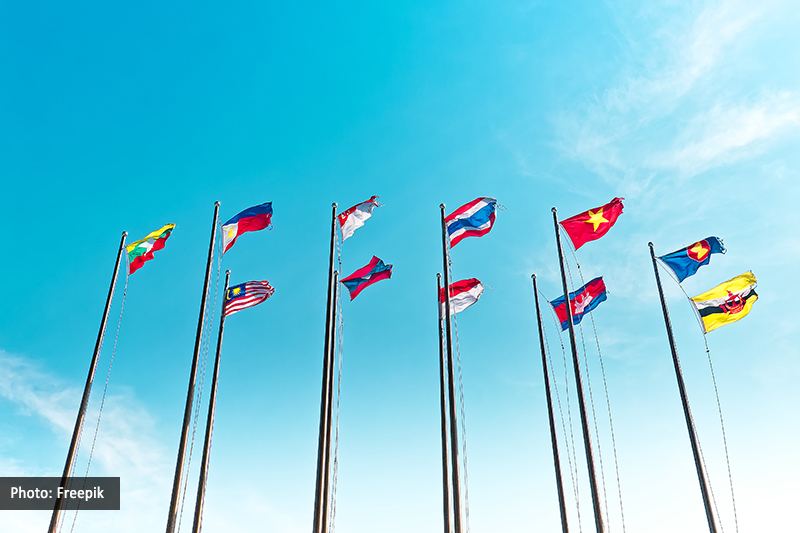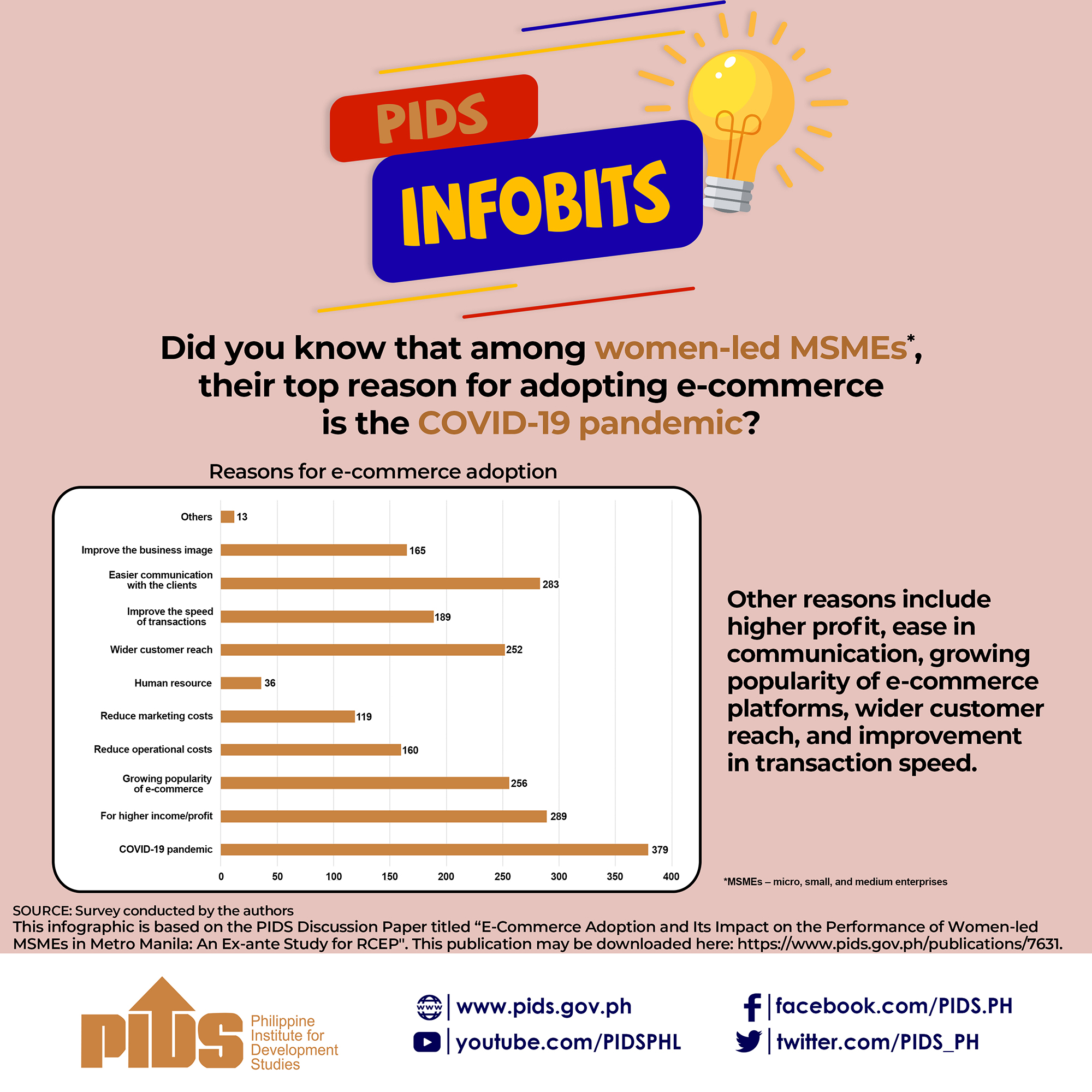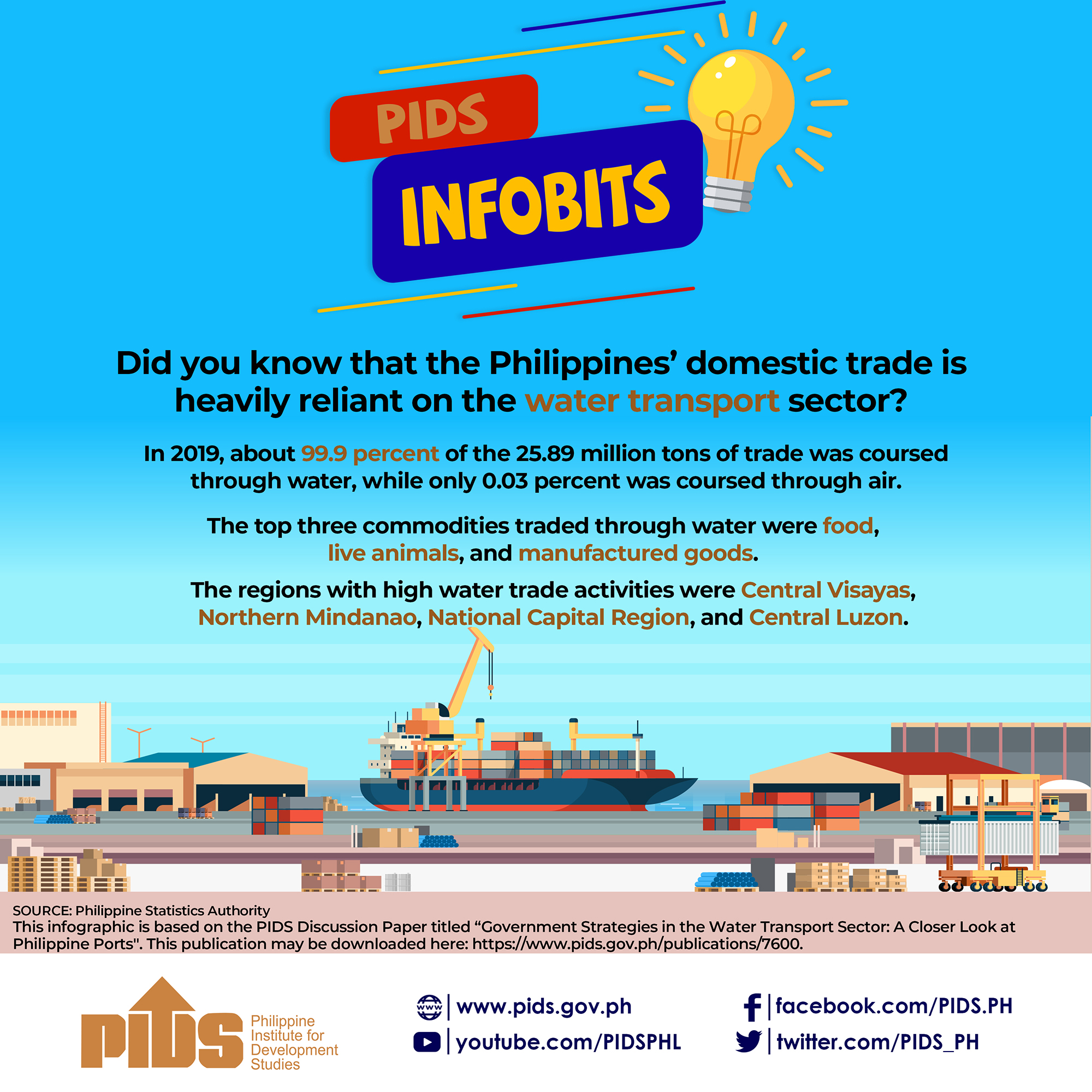The government was not able to maximize the 2008 trade deal with Japan – with an "alarmingly low" utilization rate of 16.6%, according to a study by state think tank Philippine Institute for Development Studies (PIDS).
The study, which reviewed the Philippine's 9 free trade agreements (FTA), noted that maximizing the Philippines-Japan Economic Partnership Agreement (PJEPA) is important to "pave way for negotiation of subsequent trade agreements."
PJEPA was the Philippine's first bilateral trade agreement.
"The Philippines’ experience in negotiating a bilateral agreement with Japan showed that bilateral agreements can provide the country with bargaining tools through which the country is able to advance its interest outside the multilateral set-up," the authors said.
The authors attributed the low utilization rate of the trade deal to lack of information about FTAs, procedural delays, administrative and compliance costs, and lack of incentive schemes.
To address this problem, the study recommended that the government should ensure all importers know about PJEPA and other FTAs, especially the micro, small, and medium-sized importers in rural areas. The study also said that the government should partner with business groups to strengthen promotional campaigns on the use of FTAs.
FTAs should also "pursue further tariff reduction" in goods where it could be shaved off, according to the authors.
The Association of Southeast Asian Nations (ASEAN) FTA and the ASEAN-Australia-New Zealand FTA have higher utilitzation rates of over 50% for some Philippine importers. The authors recommended for the government to review and identify the strategies used in the two FTAs to improve tapping into PJEPA.
How trade deals are being tapped should also be continuously monitored, according to the authors, as this serves as an indicator to measure benefits from FTA.
From January to October 2020, the Philippines' exports to Japan was at $965.28 million and import earnings registered at $876.46 million.
In November 2020, Japan was only third in terms of revenues from shipments to the United States and China.












